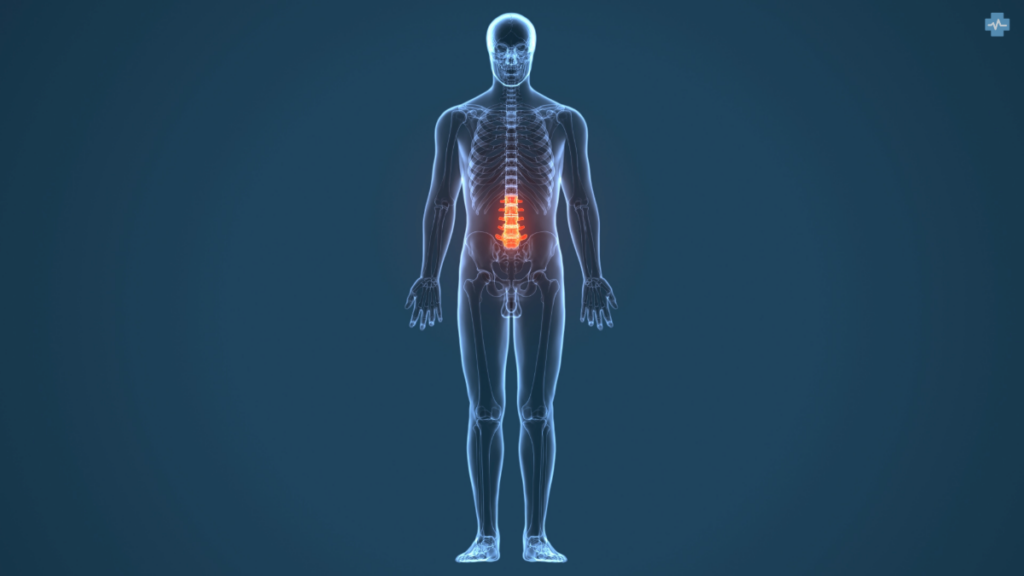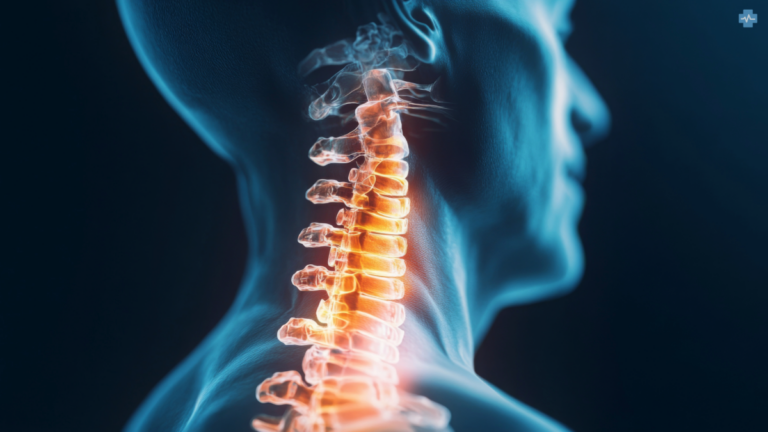Statistics by the World Health Organisation (WHO) show that globally, there are over 15 million people living with spinal cord injuries. These can be caused by various factors, such as falls, accidents, or violence. What is common to all spinal cord injuries is that they can be debilitating. Patients with these injuries can experience permanent or progressive disabling of sensory, autonomic and motor functions.
This is an extremely difficult condition to live with. However, recent technological advancements are shedding some light on the treatment of these debilitating injuries.
Stem Cell Transplantation: The Promise Of Spinal Cord Regeneration
Compelling research into spinal cord injuries at the Tongji and HuaShan hospitals in China offers some good news to those living with these life-changing injuries. The treatment involves the transplantation of neural stem cells into the spinal cord to replace damaged cells and to enhance neurological function.
While there is still much progress to be made here, this research is possibly the starting point for more effective treatment of the injuries. Clinical trials are currently underway to investigate the safety and effectiveness of the stem cell transplantation methods. The work done in these hospitals is also backed by Chinese research institutes, among these the Chinese Academy of Sciences and the Beijing Institute of Basic Medical Science.
So what Is Stem Cell Transplantation And Why Is It Effective?
According to the National Institutes of Health, neural stem cells (NCSs), which are the stem cells transplanted to treat spinal cord injury, have the ability to self-renew and also to differentiate into neuroglia and neurons. These are the cells which form and maintain the myelin sheath of the spinal cord. They are also used to regenerate demyelinated axons.
Transplanting these NSCs into the relevant tissues can provide a means to rebuild damaged neural circuits and also to promote myelin degeneration. Reports say that stem cell technology has the powerful potential to transform medical practices for this very reason: Regeneration is possible.
AI For Spinal Cord Injuries

While this research on stem cell transplantation is underway in China, new AI-empowered technologies are also being formulated with the hope of helping those with spinal cord injuries. AI is helping to improve diagnosis and assist in recovery of those living with these injuries. It is also assisting in personalising therapy options and in some instances, in restoring movement.
For diagnostic purposes, AI is helping to analyse MRI and CT scans. The information processed by AI technology can assess the severity and nature of the spinal cord damage, doing so more quickly and accurately than traditional methods.
Machine learning is also able to analyse and process a patient’s initial data to then guide treatment decisions and predict recovery outcomes. By predicting which therapies will work best for specific patient profiles, AI is able to improve the chances of the treatment being a success.
AI-powered chatbots and virtual assistants can then help patients to stick to rehab routines and track progress, helping to maintain motivation.
In certain instances, AI has been used to restore movement in patients. This has been done through empowering Brain-Computer Interfaces (BCIs) to more effectively interpret brain signals and translate them into movements through robotic limbs or stimulators.
AI can also assist neurostimulation devices by helping to fine-tune them, restoring walking or arm movement by stimulating specific nerves.
In 2023, a team in Switzerland developed an AI-powered implant which allowed a paralysed man to walk again by interpreting his brain signals and sending them wirelessly to the spinal cord stimulator.
AI And Stem Cell Therapies: Marrying The Two Disciplines
It would seem AI and breakthroughs with stem cell transplantation are also being used hand-in-hand to treat spinal cord injuries.
In supporting stem cell therapy, AI is able to speed up the identification of new compounds which might promote nerve regeneration in the spinal cord.
AI can also help identify which stem cells (such as mesenchymal or neural stem cells) are most likely to successfully differentiate into neurons or support cells. Machine learning models can then predict how stem cells will behave in specific spinal cord injury environments, reducing trial and error.
For the purposes of injecting stem cells into an injured spinal cord area, AI-controlled surgical robots can ensure more precise injecting of these stem cells. This helps to minimise human error and improve the chances that cells reach the correct depth and target tissue.
According to an article in GlobalRPH, the global stem cell therapy market is expected to reach a value of $928.6 million by 2031. Impressive success rates and revolutionary treatments continue to break ground for treating various conditions.

